Prepare to have your mind blown as we delve deep into the astonishing world of fruits and vegetables. From bananas masquerading as berries to carrots that changed their colors, nature is full of surprises that challenge our everyday perceptions. Join us on this fascinating journey to uncover the hidden truths behind the produce aisle’s most common inhabitants.
Introduction
When we stroll through the vibrant aisles of our local grocery stores or farmer’s markets, we’re greeted by an array of colorful fruits and vegetables. These natural delights not only tantalize our taste buds but also play a crucial role in maintaining a healthy lifestyle. However, beneath their familiar exteriors lie secrets that defy conventional wisdom and spark curiosity. Did you know that some of your favorite fruits and vegetables aren’t what they seem? Let’s embark on an enlightening exploration to discover the surprising facts about these nutritional powerhouses.
The Berry Conundrum: Bananas Are Berries, Strawberries Aren’t
Bananas: The Unexpected Berry
When you think of berries, bananas probably don’t top the list. Surprisingly, botanically speaking, bananas are classified as berries. This revelation stems from the botanical definition of a berry, which is a fruit produced from the ovary of a single flower with seeds embedded inside the flesh. Bananas perfectly fit this description, developing from a flower with a single ovary and containing tiny seeds, which are so small they’re barely noticeable when you enjoy the fruit.
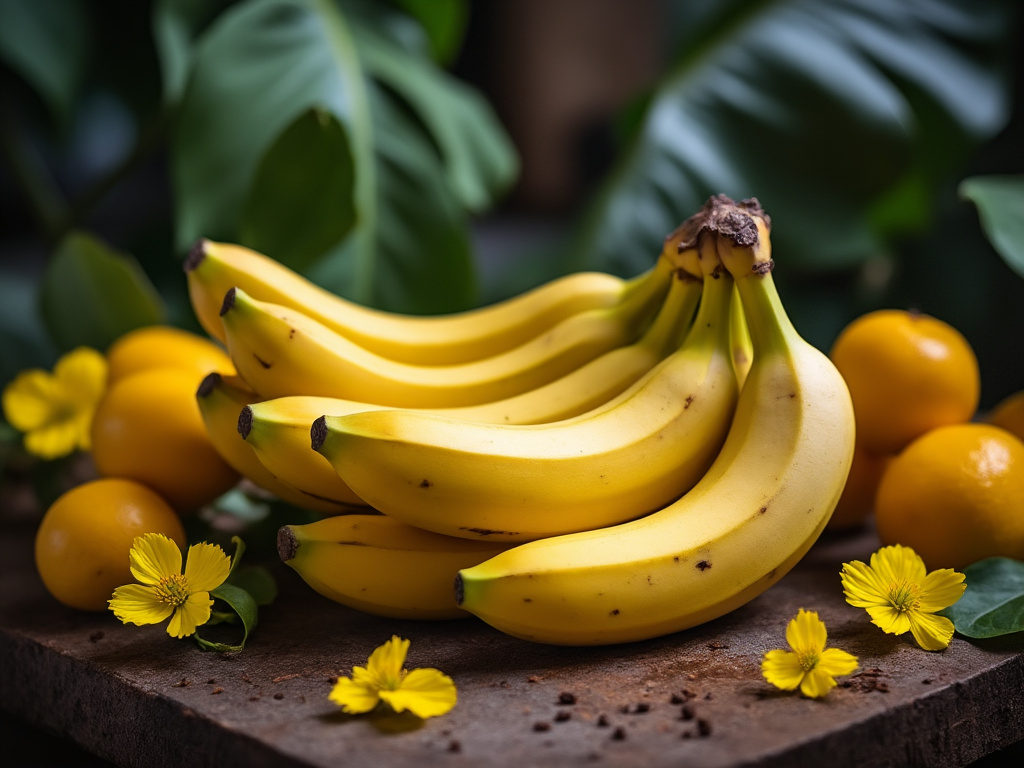
Strawberries: The Deceptive Non-Berry
Contrary to their name, strawberries aren’t true berries in the botanical sense. They are classified as “accessory fruits” or “aggregate fruits.” This is because strawberries develop from a flower with multiple ovaries, and the tiny seed-like structures on their surface are actually individual fruits called “achenes.” Each achene contains a single seed, making strawberries a collection of tiny fruits rather than a single berry.
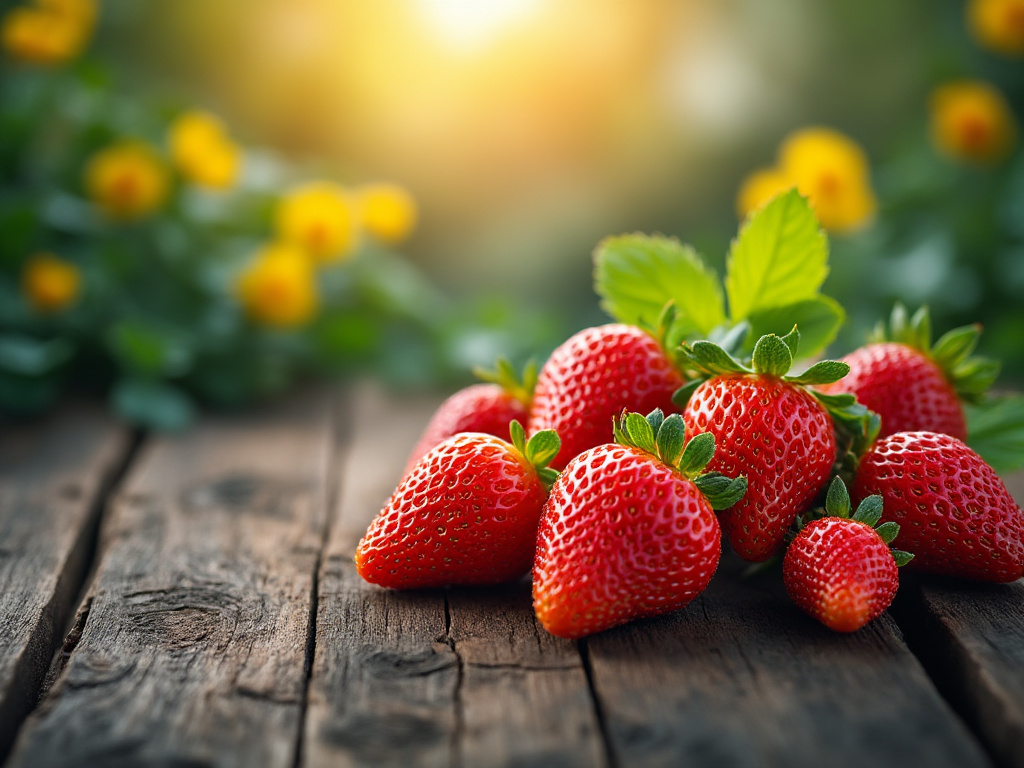
Other Surprising Berries
The berry classification doesn’t stop there. Fruits like cucumbers, kiwis, and even watermelons fall under the berry category due to their botanical characteristics. Avocados also make the list, further blurring the lines between common perceptions and scientific classifications.

Watermelons: The Dual Identity of a Fruit and Vegetable
Watermelon as a Fruit
Watermelons are universally loved for their refreshing sweetness, especially during hot summer months. Botanically, watermelons are fruits because they develop from the flower’s ovary and contain seeds for reproduction. Their juicy, red flesh and sweet taste make them a quintessential fruit in the culinary world.
Watermelon as a Vegetable
Interestingly, watermelons are also classified as vegetables in certain contexts. They belong to the Cucurbitaceae family, which includes cucumbers, squash, and pumpkins—all considered vegetables. In agricultural practices, watermelons are grown similarly to vegetables, often in vegetable crop rotations. Some regions, like Oklahoma in the United States, even recognize the watermelon as their official state vegetable.
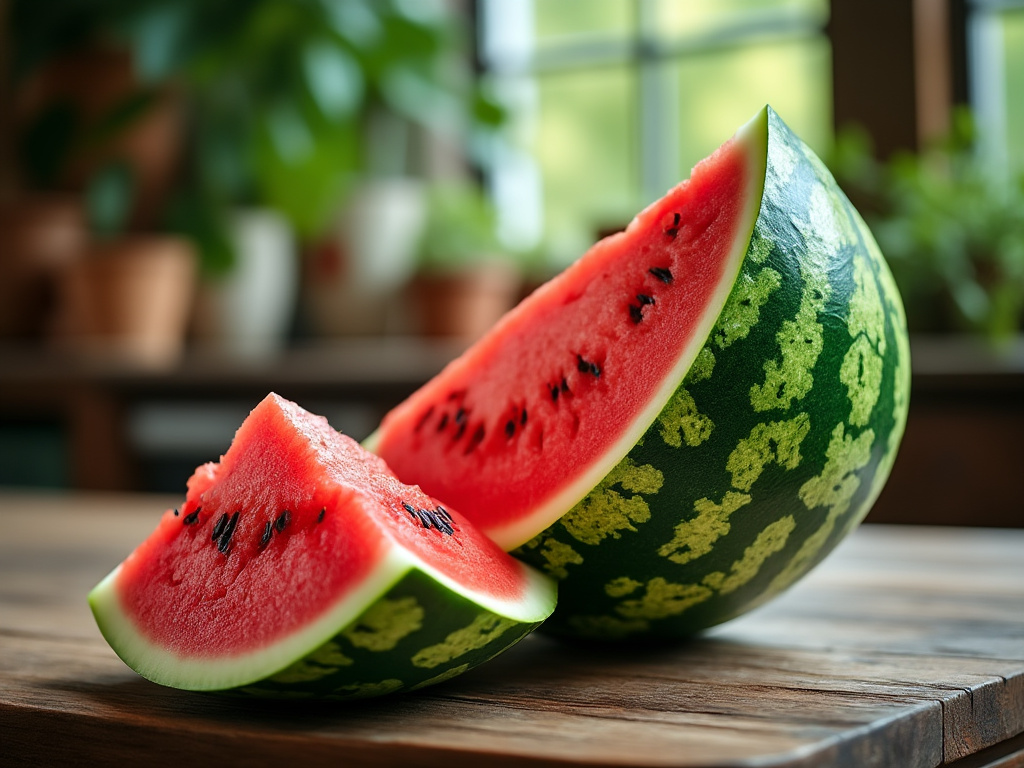
Cultural and Culinary Uses
The dual identity of watermelons extends to their culinary uses. In some cultures, the rind is pickled or cooked as a vegetable side dish. The seeds are also roasted and consumed as snacks in various parts of the world, showcasing the fruit’s versatility.
Nutritional Benefits
Watermelons are not just delicious; they’re also packed with nutrients. Rich in vitamins A and C, they help boost the immune system and promote healthy skin. They are also high in lycopene, an antioxidant linked to heart health and cancer prevention.
The Colorful History of Carrots: From Purple to Orange
Purple Carrots: The Original Hue
The carrots we commonly see today are orange, but this wasn’t always the case. The earliest known carrots were purple, white, or yellow. Purple carrots were prevalent in regions like Afghanistan around the 10th century. These carrots had a strong, slightly spicy flavor compared to the sweet taste of modern orange carrots.

The Transition to Orange Carrots
The shift from purple to orange carrots is attributed to Dutch farmers in the 16th and 17th centuries. Through selective breeding, they developed orange carrots as a tribute to William of Orange and the Dutch struggle for independence. The orange variety was sweeter, more palatable, and quickly gained popularity across Europe.

Historical Significance
Orange carrots became symbols of national pride in the Netherlands. Their cultivation and distribution played a role in agricultural development and trade during that era. The transition also marked advancements in selective breeding practices among farmers.
Nutritional Aspects
Carrots, regardless of color, are rich in beta-carotene, fiber, vitamin K1, potassium, and antioxidants. Beta-carotene, in particular, is converted into vitamin A in the body, promoting good vision and immune function.
Avocados: The Single-Seeded Berry in Disguise
Botanical Classification
Avocados might seem like an anomaly in the fruit world. Botanically, they are considered berries with a single seed. This classification is based on their development from a single ovary and the presence of the seed encased within the fleshy pulp.
Health Benefits
Avocados are renowned for their health benefits. They are rich in healthy monounsaturated fats, which are beneficial for heart health. They also provide substantial amounts of vitamins C, E, K, and B-6, as well as riboflavin, niacin, folate, pantothenic acid, magnesium, and potassium.
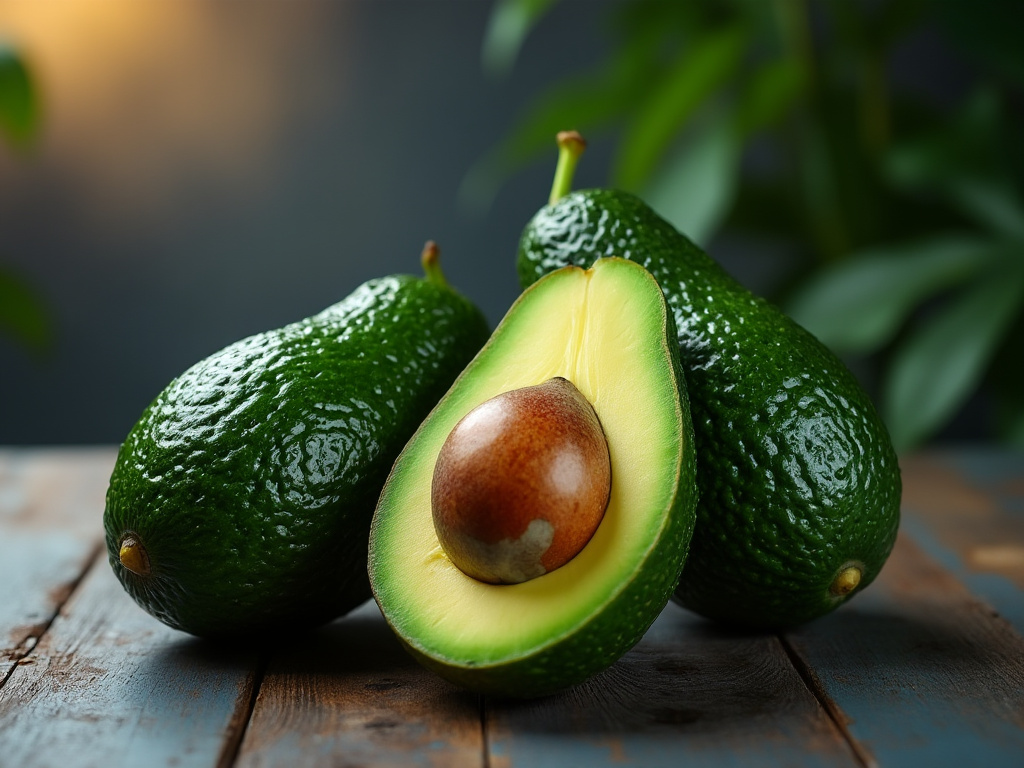
Culinary Uses
The creamy texture and mild flavor of avocados make them versatile in the kitchen. From guacamole to smoothies, salads, and even desserts, avocados can enhance the nutritional value and taste of various dishes.
Pineapples: A Fusion of Berries Coming Together
The Formation of Pineapples
Pineapples are not a single fruit but a collection of many berries fused together. This type of fruit is known as a “multiple fruit.” Each segment of a pineapple develops from the ovary of an individual flower in an inflorescence. As these flowers mature, they join together to form the pineapple we recognize.
Nutritional Benefits
Pineapples are rich in vitamins, enzymes, and antioxidants. They contain bromelain, an enzyme that helps with digestion and may reduce inflammation. High levels of vitamin C support the immune system and promote skin health.
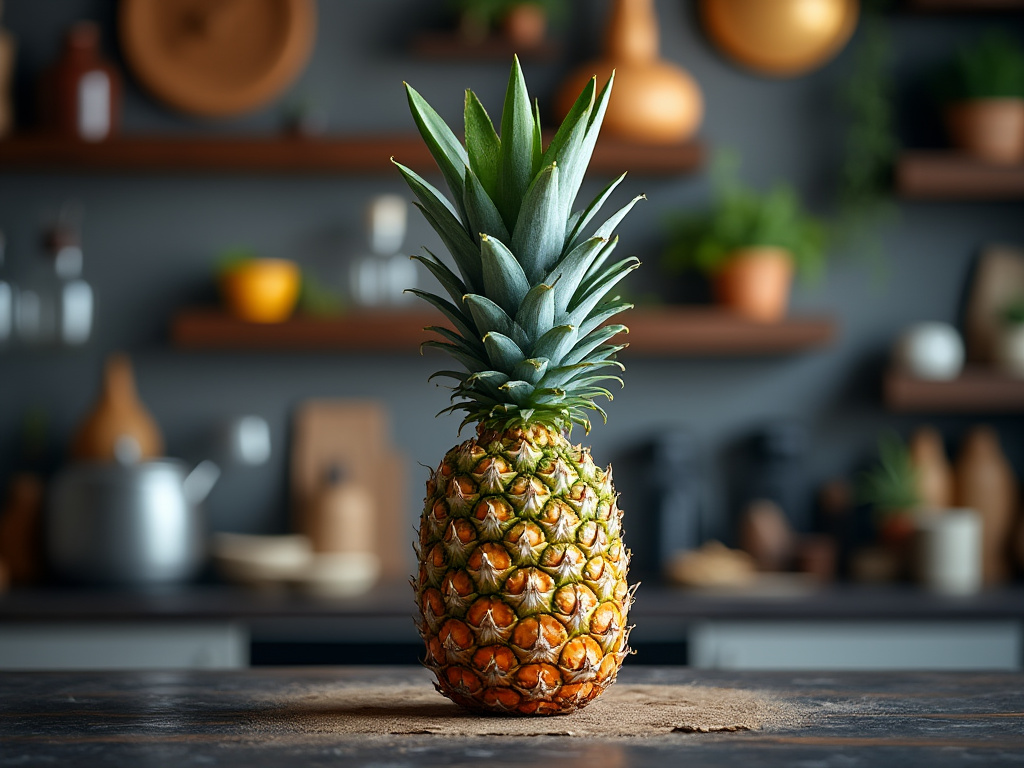
Cultural Significance
Pineapples have been a symbol of hospitality and warmth in various cultures. Historically, they were considered exotic and rare, often displayed at gatherings to impress guests.
Tomatoes: The Great Fruit or Vegetable Debate
Botanical vs. Culinary Classification
Botanically, tomatoes are fruits because they develop from the ovary of a flower and contain seeds. However, in the culinary world, tomatoes are treated as vegetables due to their savory flavor profile.
Legal Implications
The debate over the tomato’s classification reached the United States Supreme Court in 1893 with the case of Nix v. Hedden. The court ruled that tomatoes should be classified as vegetables for tariff purposes, citing their culinary use rather than botanical definition.
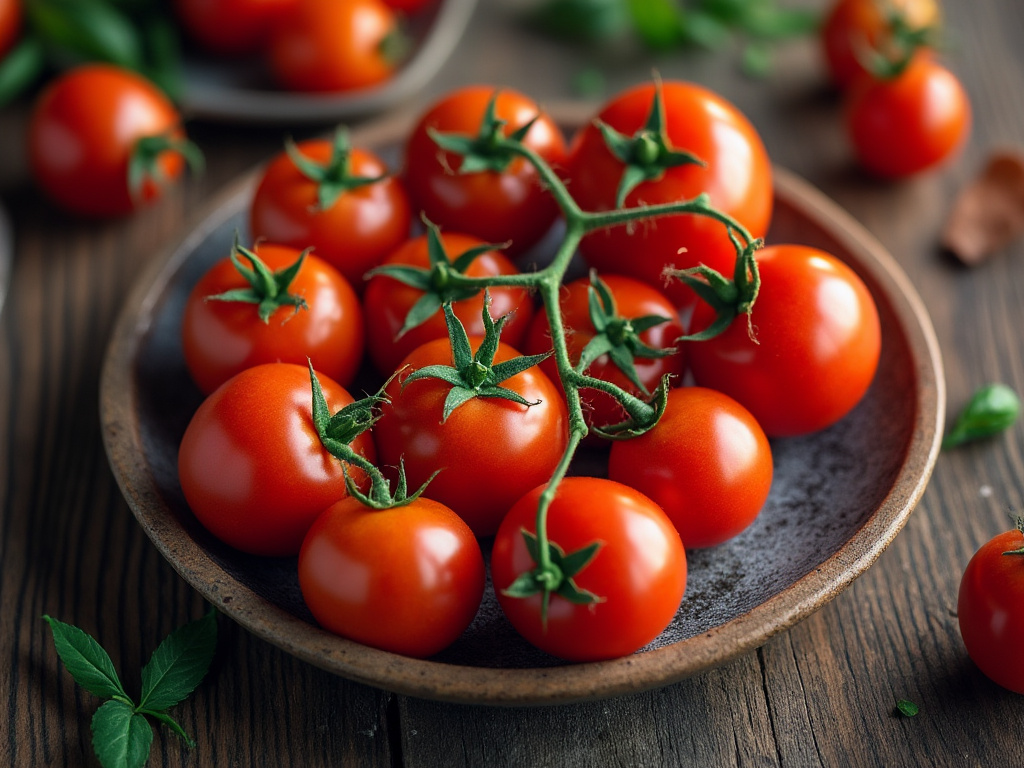
Impact on Agriculture and Trade
This legal classification affected import duties and regulations, influencing agricultural practices and trade policies related to tomatoes and other produce.
Other Fascinating Fruit and Vegetable Facts
Eggplants and Peppers as Fruits
Eggplants and bell peppers are also botanically fruits. Like tomatoes, they develop from the flowering part of plants and contain seeds, but are culinarily used as vegetables.
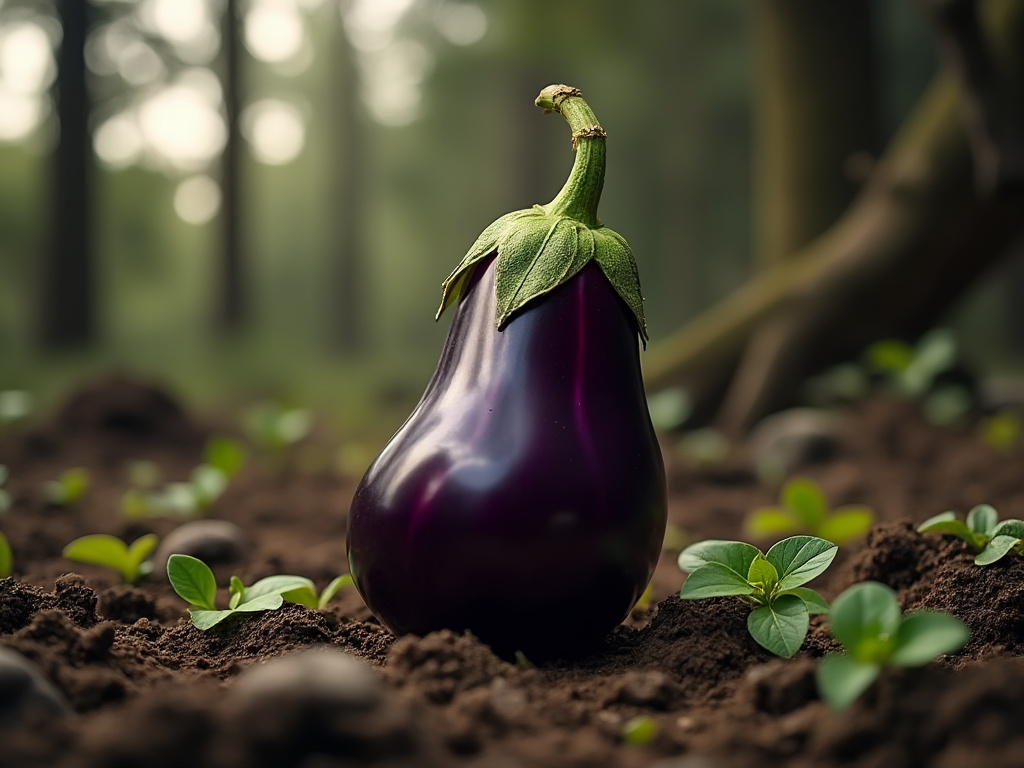
The Versatile Classification of Pumpkins
Pumpkins are fruits in the botanical sense but are often prepared and consumed as vegetables. They’re also classified as berries called “pepos,” a type of berry with a thick rind.
Nutritional Powerhouses
Many fruits and vegetables contain unexpected health benefits. For example, kiwis have more vitamin C than oranges, and sweet potatoes are rich in beta-carotene, rivaling that of carrots.
Conclusion
Nature’s creativity knows no bounds, and the world of fruits and vegetables is a testament to that. The surprising facts about bananas, strawberries, watermelons, carrots, avocados, pineapples, and tomatoes not only challenge our perceptions but also deepen our appreciation for these everyday foods.
Understanding the botanical classifications and historical backgrounds of our produce enriches our eating experience and encourages us to explore a wider variety of foods. So, the next time you enjoy a banana or slice into a watermelon, remember the fascinating stories and scientific wonders that lie beneath the surface.
Embrace the adventure in your kitchen and make every meal an opportunity to discover something new about the fruits and vegetables that nourish us.

Optimize Your Health with Nature’s Surprising Fruits and Vegetables
By incorporating a diverse range of fruits and vegetables into your diet, you not only benefit from their nutritional value but also participate in a global tapestry of history, culture, and science. These foods have traveled through time and across continents to reach our tables, each carrying a story worth telling.